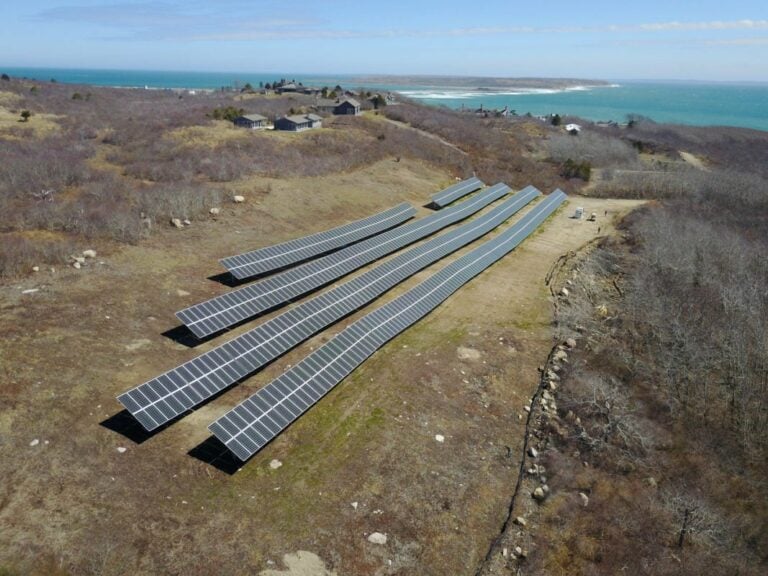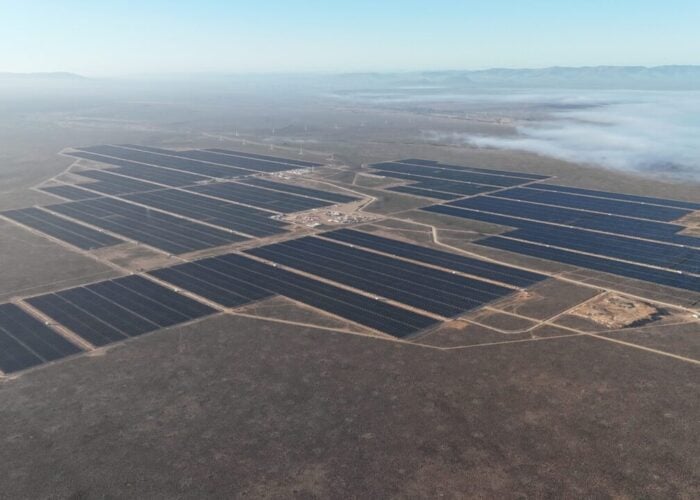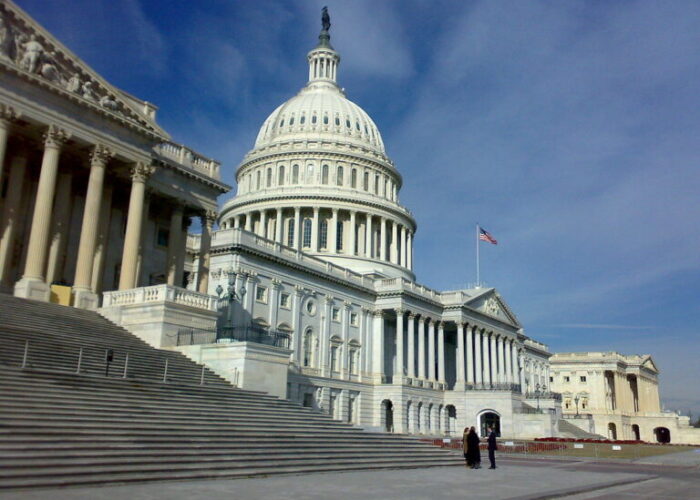
The US Department of Energy (DOE) will need to invest US$25 billion in energy security, affordability, economic opportunity and decarbonisation to maintain its position as a leader in the global energy sector, according to the latest report from Clean Tomorrow.
The ‘Re-Energizing America’ report, published this week and a follow-up to a 2020 report, argues that additional federal funding will be required to expand and modernise the US energy sector, both in terms of electricity generation and grid infrastructure. The report calls for greater investment in “clean firm electricity generation”, including nuclear and geothermal power, alongside renewable energy sources, led by solar power.
Try Premium for just $1
- Full premium access for the first month at only $1
- Converts to an annual rate after 30 days unless cancelled
- Cancel anytime during the trial period
Premium Benefits
- Expert industry analysis and interviews
- Digital access to PV Tech Power journal
- Exclusive event discounts
Or get the full Premium subscription right away
Or continue reading this article for free
The report calls for the majority of the additional federal funds to go towards solar PV deployment, calling on generation to receive 60% of the federal funds for solar PV over the next five years. This compares to 10% each for grid investments, manufacturing, supply chains and firm generation—which the report defines as solar thermal power—and is the second-highest percentage among all renewable energy technologies, behind the 70% of federal funding that ought to be invested into wind generation, according to the report.
The relatively low investments in supply chains and manufacturing are not a surprise, considering China dominates so much of the global upstream manufacturing sector that challenging this hegemony is often considered impractical. However, the report notes that greater federal investment in the energy transition could encourage more private investments in manufacturing, that will be essential if the US is to expand its own manufacturing capacity.
“While the US may not be poised to compete with China in manufacturing commodity products like solar cells, the complex, large-scale technologies like those OCED sought to demonstrate offer many promising opportunities to unlock private investment and capture economic benefits,” reads the report.
“Additionally, there are clear examples that when public demonstration project funding is successfully layered onto the US RD&D (research, development and demonstration) innovation advantage, there can be widespread gains towards all desired outcomes—national security, economic opportunity, decarbonization and affordability.”
The report also calls for greater investments in the US’ grid infrastructure. The authors call for an 11% increase in the DOE’s “energy innovation budget” for the 2026 financial year, with the “largest increases” going towards grid modernisation, nuclear energy and “breakthrough science”.
The conclusions of the Clean Tomorrow report echo those made by an International Renewable Energy Agency (IRENA) report, also published this week. IRENA’s ‘Global Landscape of Energy Transition Finance 2025’ report forecasts that the world will need around US$1.4 trillion in clean energy investments a year to mitigate the impacts of climate change.






